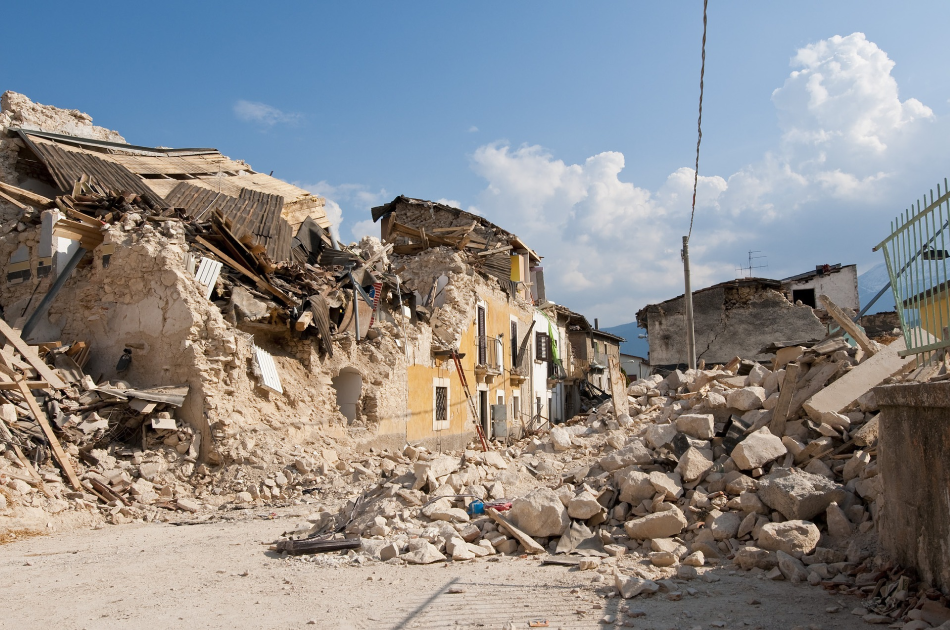May 27 2020
Buildings located several miles from the epicenter of an earthquake can collapse when the ground shakes and rattles due to the energy of an earthquake.
 A team of engineers at the University of Missouri has designed a flexible material that can help buildings withstand multiple waves of energy traveling through a solid material, including the ground motions found in earthquakes. Image Credit: University of Missouri.
A team of engineers at the University of Missouri has designed a flexible material that can help buildings withstand multiple waves of energy traveling through a solid material, including the ground motions found in earthquakes. Image Credit: University of Missouri.
An engineering team under the guidance of Guoliang Huang, a James C. Dowell Professor in the Mechanical and Aerospace Engineering Department of the University of Missouri College of Engineering, has developed a flexible material that can assist buildings to resist several waves of energy moving via a solid material, such as the concurrent forward and backward as well as side-to-side motions that occur during earthquakes.
Our elastic material can stretch and form to a particular surface, similarly to a wrap on a vehicle. It can be applied to the surface of an existing building to allow it to flex in an earthquake. What is unique about the structured lattice-type material is that it protects against both types of energy waves—longitudinal and sheer—that can travel through the ground.
Guoliang Huang, James C. Dowell Professor, Department of Mechanical and Aerospace Engineering, University of Missouri
Huang added that the material could be useful for the defense industry to safeguard against vibration in mechanical parts such as submarine or aircraft engines.
For over 20 years, no one had a natural solution for this issue in a solid material. Now, we’ve designed, modeled and fabricated a new material with properties that do not exist naturally for what we believe is a nearly perfect protective device.
Guoliang Huang, James C. Dowell Professor, Department of Mechanical and Aerospace Engineering, University of Missouri
The Army Research Office, which offered financial support for the fundamental research measures at the University of Missouri related to this project, considers the outcomes achieved by Huang’s group are encouraging.
The results that the University of Missouri team has recently published are encouraging. This research could lead to new strategies for steering mechanical waves away from critical regions in solid objects, which could enable novel capabilities in soldier protection and maneuvering.
Dan Cole, Program Manager, Army Research Office
The Army Research Office is part of the U.S. Army Combat Capabilities Development Command’s Army Research Laboratory.
The papers titled “Polar Metamaterials: A New Outlook on Resonance for Cloaking Applications” and “Physical Realization of Elastic Cloaking with a Polar Material” were published in Physical Review Letters, a journal of the American Physical Society.
The other authors of both the studies include Nassar Hussein, Yangyang Chen, Xianchen Xu, and Chen Wangat from the University of Missouri; Wan Shou, Beichen Li, and Wojciech Matusik from the Massachusetts Institute of Technology; and Zongliang Du from the University of Missouri and the Dalian University of Technology in China.